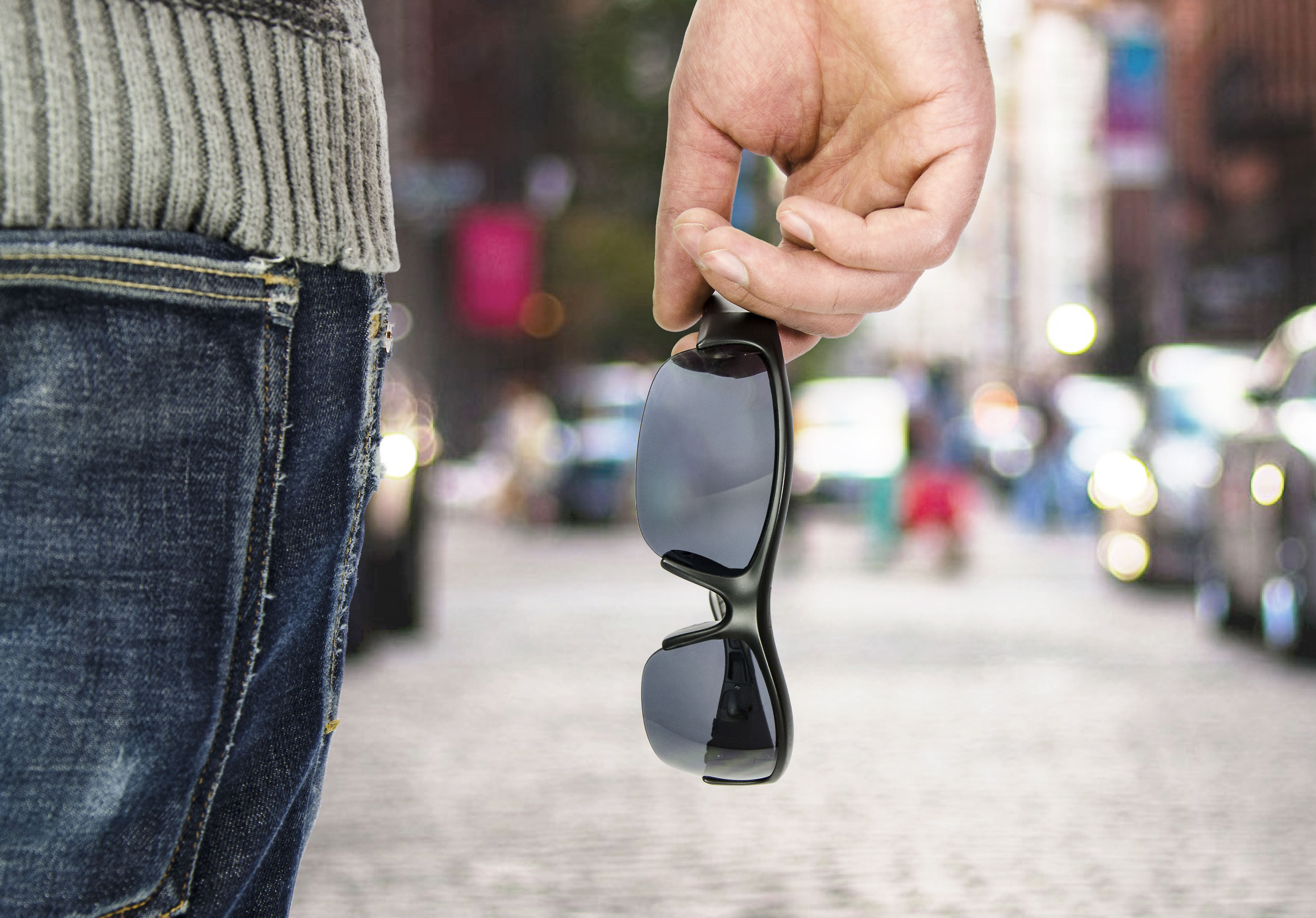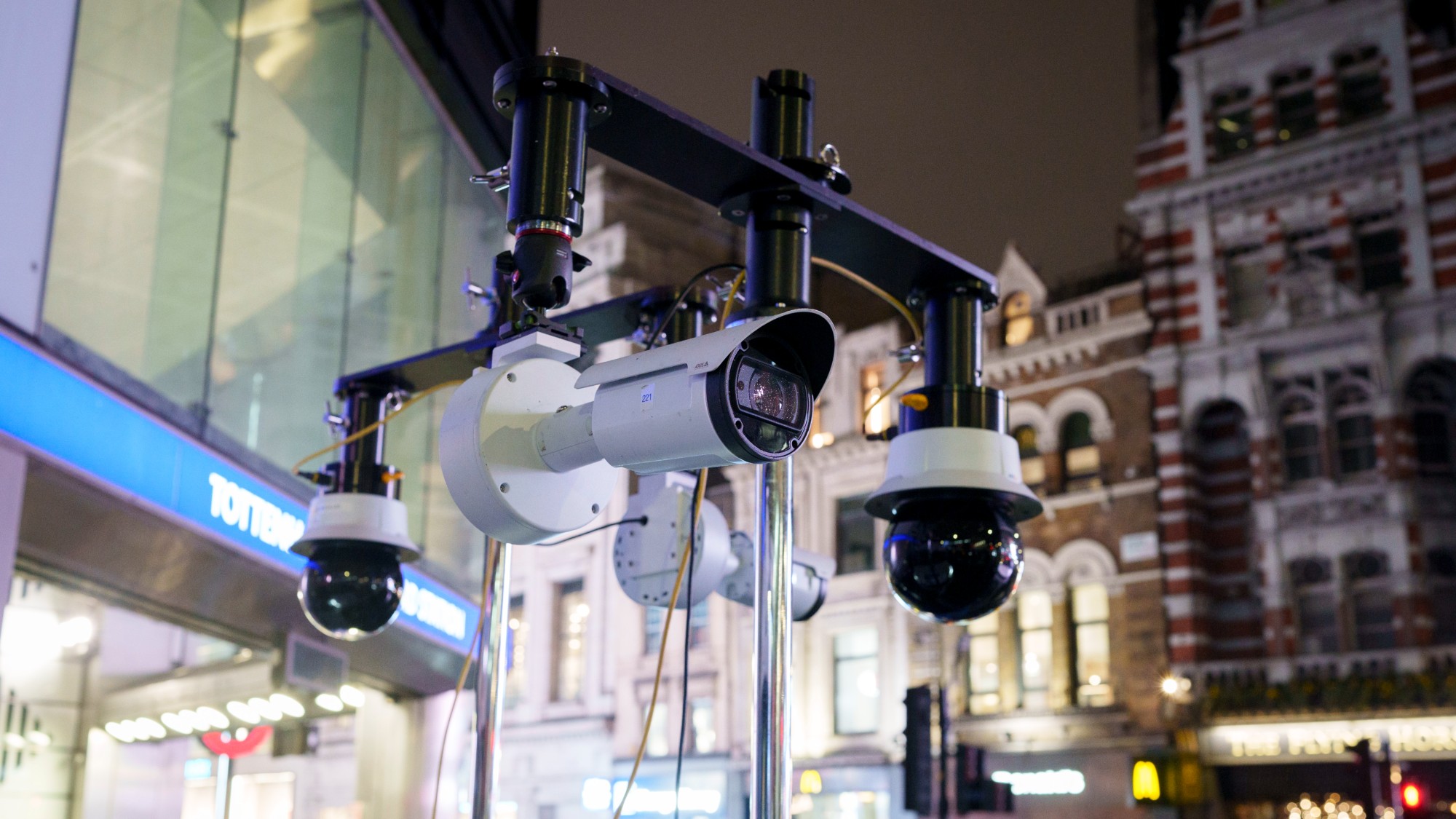Would you wear sunglasses that double as headphones?
From The Idea Factory, our special report on innovation


Google Glass may be on hiatus, but our appetite for high-tech spectacles endures. One of the latest efforts comes in the form of a Kickstarter campaign for a pair of sunglasses that double as wireless headphones.
Buhel's Bluetooth SG05 SOUNDglasses obliterated their $80,000 fundraising goal a mere 48 hours after launch, ending up with more than $400,000 by the end of the campaign. "SOUNDglasses give you innovation, freedom, safety, and easier life," Buhel promises.
Great, but how will the music sound?
The Week
Escape your echo chamber. Get the facts behind the news, plus analysis from multiple perspectives.

Sign up for The Week's Free Newsletters
From our morning news briefing to a weekly Good News Newsletter, get the best of The Week delivered directly to your inbox.
From our morning news briefing to a weekly Good News Newsletter, get the best of The Week delivered directly to your inbox.
Thanks to "bone conduction technology," SOUNDglasses let users listen to music, conduct a phone conversation, or talk to computerized personal assistants like Siri without the "impediment" of earphones. Two speakers situated in the glasses near the wearer's temples send vibrations through the bones of the head and into the inner ear. A built-in microphone picks up what the wearer says.
This isn't exactly revolutionary. Many hearing aids transmit sound with bone conduction, as do other headphone brands. But a main complaint for these kinds of headphones is that the sound quality leaves a lot to be desired. Will these be any different?
Here's how the creators of SOUNDglasses address that question: "We don't pretend that Bone Conduction is your perfect HiFi music companion, but we can say that it serves a specific purpose, which increases your safety in an infinite number of situations. The military and Google chose Bone Conduction for some of their devices...They must have thought it was not that bad, and so did nature with dolphins and whales."
Hmm. Not the most reassuring comment, is it?
A free daily email with the biggest news stories of the day – and the best features from TheWeek.com
Buhel is pushing the safety angle hard to make up for any lousy sound quality. Because nothing has to actually go inside the ear for this technology to work, wearers will still be able to hear the sounds going on around them. This is a plus for what seems to be Buhel's target demographic: athletes. It would be great to be able to bike down the busy avenues of Manhattan blasting some excellent riding tunes without losing access to one of your most vital senses.
Another problem: using these headphone-less glasses to have a phone conservation could produce some funny looks from passersby. To convince people to accept this kind of public embarrassment, any headphone-glasses combo will have to be excellent in every other way. Sound quality is important, but equally essential is style.
The SOUNDglasses come in a variety of colors and lens shades, and from the outside seem no different from your average sporty shades. This is rule number one for smart glasses: they have to be something you actually want to wear in public. Google found this out the hard way. Not even its own developers wanted to wear the goofy-looking face computer. Of course, SOUNDglasses don't actually project any visual effects into a wearer's line of sight, which probably eliminates some of the encumbering hardware that could inhibit a sleek design.
What would make these glasses better is if they came in a variety of frame styles. Right now, the only design on offer looks best on athletes and outdoor explorers, but doesn't have much fashionable appeal otherwise. Google Glass got a trendy redesign to provide some fancy frame options because it knew it needed to look less geeky if it wanted to be worn by anyone other than, you know, geeks. The same goes for SOUNDglasses, especially if it wants to catch on with anyone other than athletes.
The first shipment of glasses to Kickstarter backers is slated for May of 2015. If you want to wait for the first reviews to roll in before buying, they will retail for "more than $270" later in the summer.
Jessica Hullinger is a writer and former deputy editor of The Week Digital. Originally from the American Midwest, she completed a degree in journalism at Indiana University Bloomington before relocating to New York City, where she pursued a career in media. After joining The Week as an intern in 2010, she served as the title’s audience development manager, senior editor and deputy editor, as well as a regular guest on “The Week Unwrapped” podcast. Her writing has featured in other publications including Popular Science, Fast Company, Fortune, and Self magazine, and she loves covering science and climate-related issues.
-
 Political cartoons for December 14
Political cartoons for December 14Cartoons Sunday's political cartoons include a new White House flag, Venezuela negotiations, and more
-
 Heavenly spectacle in the wilds of Canada
Heavenly spectacle in the wilds of CanadaThe Week Recommends ‘Mind-bending’ outpost for spotting animals – and the northern lights
-
 Facial recognition: a revolution in policing
Facial recognition: a revolution in policingTalking Point All 43 police forces in England and Wales are set to be granted access, with those against calling for increasing safeguards on the technology
